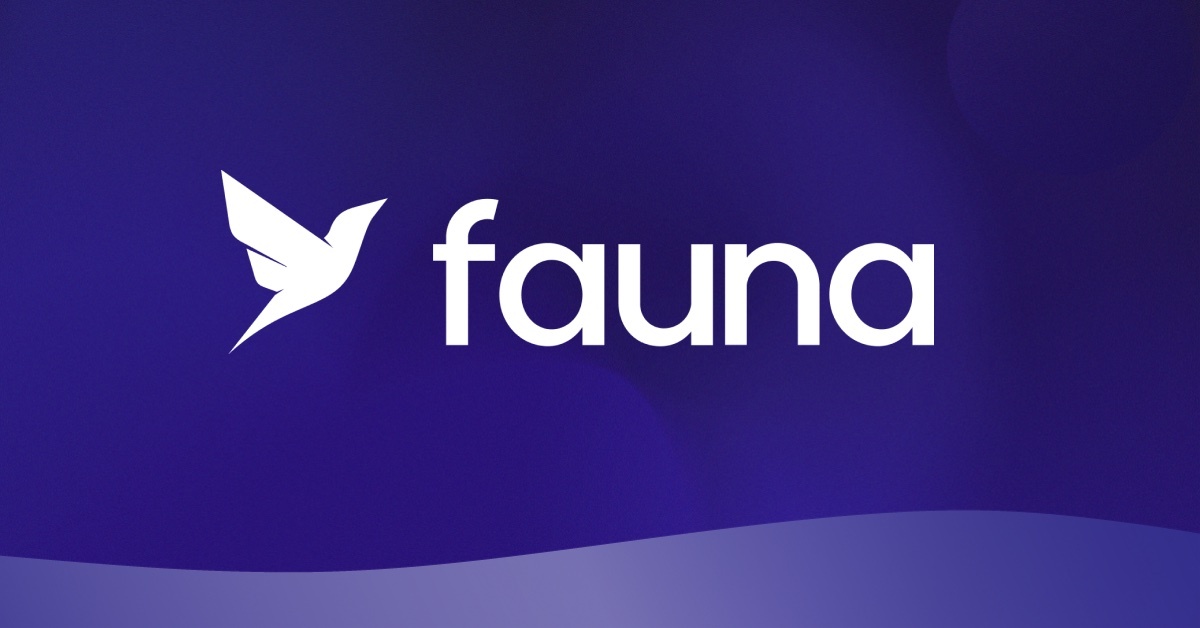 BIG DATA
BIG DATA
 BIG DATA
BIG DATA
 BIG DATA
BIG DATA
Fauna Inc., the developer of a distributed document-relational database that it delivers via a cloud application program interface, today announced the general availability of a logging capability with an initial focus on query performance and insights.
The feature is intended to provide customers with increased visibility into the factors that influence the performance and cost of applications running on Fauna. Customers can now access such data as read/write operations, compute and storage status, query runtimes and the total cost per query.
That permits developers to continuously verify performance against requirements and find ways to optimize cost and performance. Log files can be requested in near-real-time and downloaded for a single database or region group within a defined time range. They can also be integrated with major infrastructure observability platforms.
“We give them all the underlying units and then based on which plan they’re a part of and which region they’re in, they can calculate what the cost is for each one of those queries,” said Chief Executive Eric Berg. The move is part of a “commitment to a more broad-based logging structure” that will see the company launch more tools under the Fauna Log umbrella, including security, audits and backups, Berg said.
Fauna, which was incubated at Twitter Inc. and has raised more than $84 million in funding, is described as a cloud-native serverless database with an underlying distributed storage and compute structure that provides both high levels of performance and security.
Exposing the service through an API, the company saves customers the headaches of managing the database. One of the downsides of the serverless architecture, however, has been visibility. “Traditionally, serverless has been a bit of a black box,” said Berg, who was previously chief product officer at Okta Inc. “There’s something going on there but all I can see is the API.”
Observability is made somewhat more complex by the fact that the serverless architecture doesn’t have dedicated instances. Making the logs available is just a first step Berg said. “Over time we’ll introduce more native functionality based on what users want to see,” he said.
Fauna combines elements of a document store, graph database, relational database and time-series database with strong consistency guarantees, rigorous security and authentication controls, backup and restore capability and event streaming.
“We’re unique in combining the flexibility of a document store with that query power that someone associates with a SQL database,” Berg said. “We then deliver strong consistency like the highest level of ACID [atomicity, consistency, isolation and durability] guarantees. Our service is also distributed by default across multiple geographic regions which means lower latency, additional reliability and availability.”
Last fall the company bolstered its enterprise appeal by giving customers the ability to select both their preferred geography and cloud provider as well as to access any database across Fauna’s global footprint.
Support our open free content by sharing and engaging with our content and community.
Where Technology Leaders Connect, Share Intelligence & Create Opportunities
SiliconANGLE Media is a recognized leader in digital media innovation serving innovative audiences and brands, bringing together cutting-edge technology, influential content, strategic insights and real-time audience engagement. As the parent company of SiliconANGLE, theCUBE Network, theCUBE Research, CUBE365, theCUBE AI and theCUBE SuperStudios — such as those established in Silicon Valley and the New York Stock Exchange (NYSE) — SiliconANGLE Media operates at the intersection of media, technology, and AI. .
Founded by tech visionaries John Furrier and Dave Vellante, SiliconANGLE Media has built a powerful ecosystem of industry-leading digital media brands, with a reach of 15+ million elite tech professionals. The company’s new, proprietary theCUBE AI Video cloud is breaking ground in audience interaction, leveraging theCUBEai.com neural network to help technology companies make data-driven decisions and stay at the forefront of industry conversations.